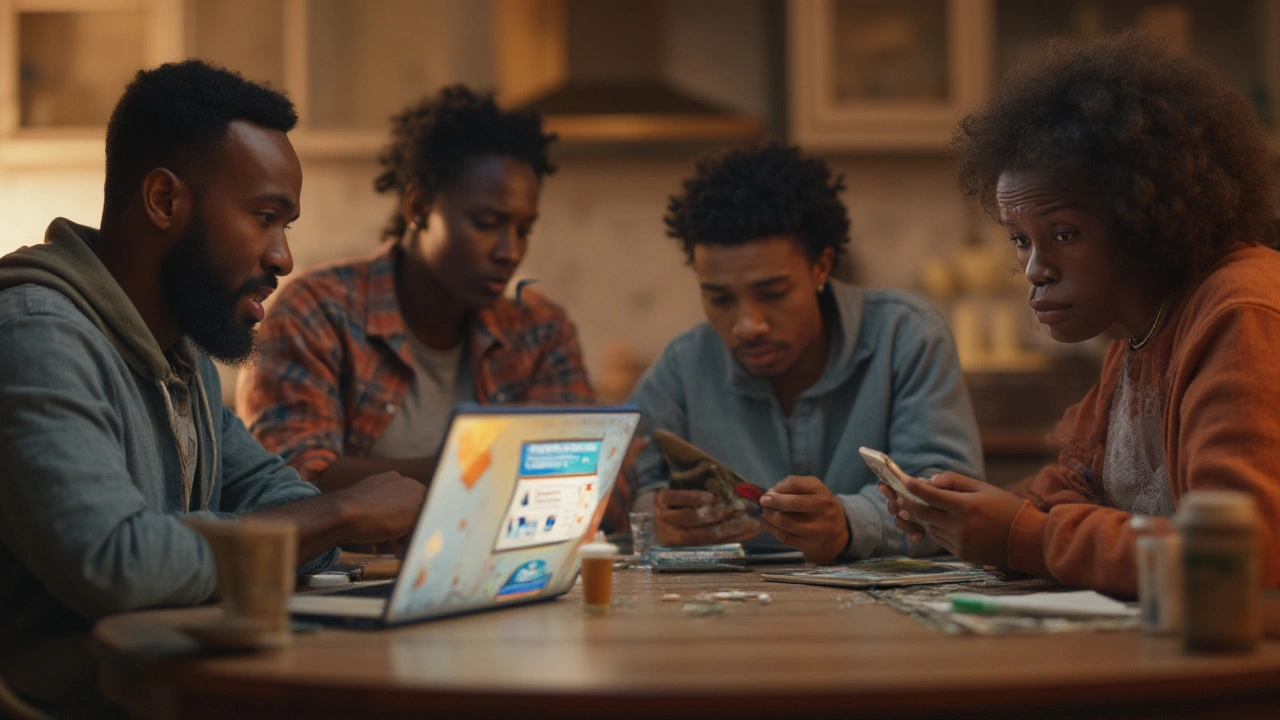Aleve Safety Tips: Use Naproxen Right and Stay Healthy
Grab a bottle of Aleve and read this first. Knowing the basics can keep you from nasty side effects and make the pain‑killer work the way it should. Below you’ll find the most useful advice on dosage, timing, interactions, and simple storage tricks that anyone can follow.
Dosage and When to Take Aleve
For adults, the standard dose is one 220 mg tablet every 8 to 12 hours. Never take more than two tablets in a 24‑hour period unless a doctor tells you otherwise. If you’re 12‑17 years old, the limit drops to one tablet every 12 hours, with a maximum of two per day. Skipping meals won’t help; taking Aleve with food or a glass of milk cuts stomach irritation.
Always start with the lowest effective dose. If a single tablet eases your headache, there’s no need to double up. When you need long‑term relief, talk to a doctor about a prescription strength that matches your condition. Remember, short bursts are safer than daily use for weeks on end.
Key Interactions and Who Should Skip It
Aleve belongs to the NSAID family, so it mixes poorly with certain meds. Blood thinners like warfarin, other NSAIDs, and some antidepressants (SSRIs) can raise bleeding risk. If you take blood pressure drugs, especially ACE inhibitors or diuretics, Aleve may blunt their effect and push your pressure higher.
People with a history of ulcers, kidney disease, heart failure, or asthma should avoid Aleve unless a doctor signs off. Pregnant women in the third trimester must steer clear—Naproxen can affect the baby’s heart and reduce amniotic fluid. If you’re unsure, a quick chat with your pharmacist can clear things up.
Alcohol is another silent danger. Even a couple of drinks a night combined with Aleve can irritate the stomach lining and raise bleeding risk. Cutting back on alcohol while you’re on naproxen is a smart move.
When you’re on multiple OTC products, watch for hidden naproxen or other NSAIDs in combo pills for cold, flu, or arthritis. Doubling up unknowingly can push you over the safe limit fast.
Store Aleve in a cool, dry place away from direct sunlight. Keep the bottle tightly closed to protect it from moisture, which can degrade the tablets. If the original packaging looks damaged, toss it and get a fresh bottle.
Finally, keep the medication out of kids’ reach. The safe dose for a child is far lower, and accidental ingestion can be dangerous. A locked cabinet is the best insurance.
By following these simple tips—right dose, proper timing, awareness of interactions, and safe storage—you’ll get the pain relief you need without unwanted surprises. If anything feels off, stop the drug and call your healthcare provider. Stay safe, stay informed, and let Aleve do its job the right way.
